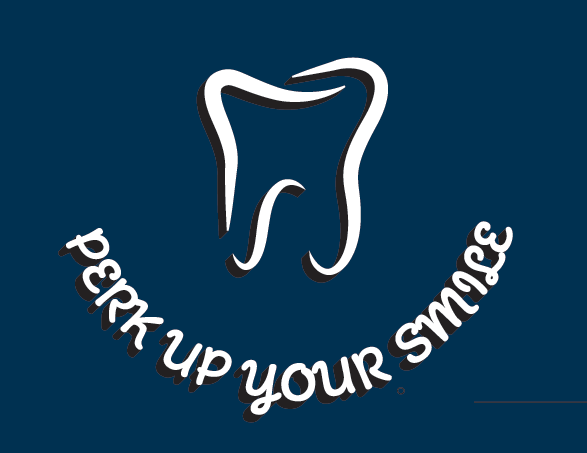Sedation
Sedation Dentistry : Bridging the Gap to Stress-Free Oral Health
In the ever-evolving landscape of modern dentistry, one revolutionary practice has transformed the patient experience and shattered the barriers that hinder individuals from seeking essential dental care – Sedation Dentistry. where the pursuit of optimal oral health is deeply ingrained, the integration of sedation techniques has emerged as a beacon of hope for those grappling with dental anxiety, phobias, or the complexities of extensive dental procedures.
At its core, sedation dentistry seeks to create an atmosphere of serenity, mitigating the stress and discomfort that often accompany dental treatments. The practice involves the administration of sedative medications, allowing patients to undergo procedures in a relaxed state while maintaining consciousness. This groundbreaking approach not only addresses the psychological hurdles associated with dental visits but also makes oral health more accessible for a diverse spectrum of the population.
One of the prevailing forms of sedation iis oral sedation. Patients are prescribed medication before their appointment, inducing a mild state of relaxation. This method not only reduces anxiety but also fosters open communication between patients and their dental team. Conscious and responsive, patients experience a level of comfort that empowers them to overcome the fears that may have previously deterred them from seeking dental care.
For those requiring a deeper level of relaxation, intravenous (IV) sedation is often the method of choice. Administered through a vein, IV sedation induces a more profound state of relaxation, making it particularly suitable for individuals with severe anxiety or those undergoing extensive dental procedures. The heightened level of relaxation facilitates efficient treatment while ensuring the patient's utmost comfort.
Sedation dentistry serves as a lifeline for individuals with dental phobias, but its impact extends far beyond. Patients with special needs, those undergoing lengthy treatments, or individuals with a low pain threshold find solace in the promise of stress-free dental care. The psychological relief afforded by sedation dentistry not only encourages regular dental check-ups but also promotes preventative care, laying the foundation for improved overall oral health.
The transformative impact of sedation dentistry is evident not only in its ability to alleviate anxiety but also in its role as a catalyst for shifting perceptions of dental care. By prioritizing patient comfort and accessibility, sedation dentistry contributes to a paradigm shift, fostering a positive outlook on oral health. As the field continues to evolve, it becomes increasingly clear that sedation dentistry is not merely a practice; it is a gateway to a nation of individuals with healthier smiles and a renewed enthusiasm for comprehensive dental care.
Sedation dentistry is a technique used to help patients relax during dental procedures by using medication. It is beneficial for people with dental anxiety or for those who are undergoing lengthy treatment. Sedation dentistry helps you feel calm, relaxed, and at ease during dental procedures. It’s a moderate level of sedation, so you’re still technically awake but feeling very carefree. It’s sometimes called conscious sedation dentistry or “twilight sleep” because it creates a state of short-term amnesia (forgetfulness) where you experience insensitivity to pain without the loss of consciousness.
There are different types of sedation dentistry available, including nitrous oxide, oral conscious sedation, and intravenous (IV) sedation. Nitrous oxide is commonly known as “laughing gas.” You inhale nitrous oxide through a mask or nosepiece, and calming effects begin within three to five minutes. Your dentist controls the amount of sedation you receive and adjusts dosages accordingly throughout your procedure.
Once your treatment is over, your dentist gives you pure oxygen to flush the nitrous oxide out of your system. Because the laughing gas leaves your system so quickly, you’ll be able to drive yourself home after the procedure. Oral conscious sedation involves taking sedative medication (usually in pill form) about an hour before your procedure begins. Most dentists use triazolam (Halcion®), which is in the diazepam (Valium®) family. But your dentist might use other medications, too, including zaleplon and lorazepam. Dentists often use liquid sedation in pediatric dentistry, such as midazolam oral syrup. Oral sedation makes you quite groggy, and you may even fall asleep.
Sedation dentistry offers many benefits to both the dentists and patients due to which it became very popular. Sedation dentistry is the only option for some of the patients to get the dental care they need and to improve their dental health. They can overcome their fear and receive the care they need. When extensive dental work is required, sedation dentistry can help reduce chair time, overall discomfort, and the need for multiple treatment.
In conclusion, sedation dentistry is a safe and effective way to help patients relax during dental procedures. It is beneficial for people with dental anxiety or for those who are undergoing lengthy treatment.
There are different types of sedation dentistry available, including nitrous oxide, oral conscious sedation, and intravenous (IV) sedation. Sedation dentistry offers many benefits to both the dentists and patients due to which it became very popular. It is the only option for some of the patients to get the dental care they need and to improve their dental health
Contact Information
Phone: 832-930-7843
Fax : 281-692-2254
10237 Bailey Road Suite 107, Manvel, Texas 77578

Se Habla Español
Contact Us
Contact Us
Thank you for contacting us.
One of our team members will get back to you shortly. If you would like to reach us sooner, please call us at 832-930-7843.
Perk Dental.
Please try again later
